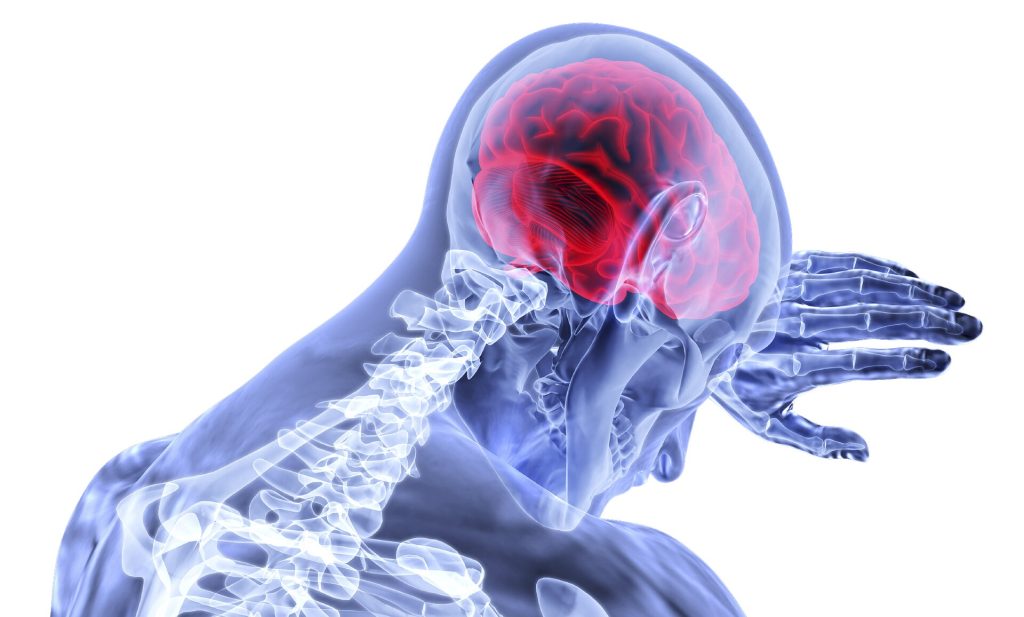Abnormally High Levels of HDL-C Linked to Dementia in Older Adults

Abnormally high levels of high density lipoprotein cholesterol (HDL-C), are associated with an increased risk of dementia in older adults, according to study led by Monash University. Researchers said very high levels of the ‘good cholesterol’ HDL-C linked to dementia risk in this study were uncommon and not diet related, but more likely to reflect a metabolic disorder. The findings may help doctors to recognise a group of older patients potentially at risk of dementia, particularly in those aged 75 and older.
Published in The Lancet Regional Health – Western Pacific, this is one of the largest studies of elevated HDL-C levels and dementia in initially healthy older people aged mostly over 70, enrolled in the ASPREE* study.
Over an average 6.3 years, participants with very high HDL-C (> 80mg/dL or > 2.07mmol/L) at study entry were observed to have a 27% higher risk of dementia compared to participants with optimal HDL-C levels, while those aged 75 years and older also showed a 42% increased risk compared to those with optimal levels.
Very high HDL-C levels were categorised as 80mg/dL (> 2.07mmol/L) or above.
The optimal level of HDL-C of 40 to 60mg/dL (1.03–1.55mmol/L) for men and 50 to 60mg/dL (1.55–2.07mmol/L) for women was generally beneficial for heart health.
Among 18 668 participants included in this analysis, 2709 had very high HDL-C at study entry, with 38 incidents of dementia in those aged less than 75 years with very high levels, and 101 in those aged 75 and more with very high levels.
First author and Monash University School of Public Health and Preventive Medicine senior research fellow Dr Monira Hussain said that further research was needed to explain why a very high HDL cholesterol level appeared to affect the risk of dementia.
Dr Hussain said these study findings could help improve our understanding of the mechanisms behind dementia, but more research was required.
“While we know HDL cholesterol is important for cardiovascular health, this study suggests that we need further research to understand the role of very high HDL cholesterol in the context of brain health,” she said.
“It may be beneficial to consider very high HDL cholesterol levels in prediction algorithms for dementia risk.”
*The Aspirin in Reducing Events in the Elderly (ASPREE) trial is a double-blind, randomised, placebo-controlled trial of daily aspirin in healthy older people.
Source: Monash University




